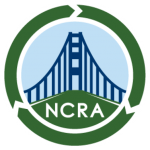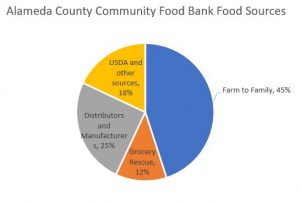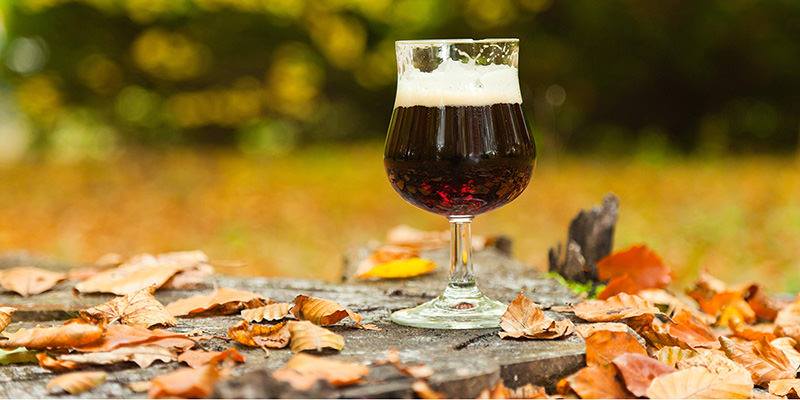By Food Waste Reduction Committee Members, Susan Miller Davis, Infinite Table and Susan Blachman, Blachman Consulting
According to the US EPA food recovery hierarchy, after prevention and feeding humans comes feeding animals. Below are some places in Northern California that accept food for animals.
The Oakland Zoo, home to more than 700 animals and dedicated to conservation, is a unique local resource for food recovery in Alameda County. The Zoo has the potential to use a large quantity and variety of foods, including meat, bones, excess bread and bakery goods, and imperfect produce, which may not be suitable for human consumption.
According to a 2012 article, the zoo spends over $300,000 annually on feed. A single tiger eats 10 bones and 15 pounds of meat daily, and an 11,000-pound bull elephant eats 100 pounds of “browse” or vegetation each day. The park is about to expand significantly, opening the new “California Trail” exhibit which will feature several large species like bison and bears and scavengers like condors, which could open up new donation possibilities. The Zoo currently works with a number of donors according to specific donation guidelines, and hosts an annual Feast for the Beasts event, this year on July 28, inviting the public to feed the elephants breakfast using donated produce.
Tiny Farms is an agricultural technology company headquartered in San Leandro. The company is building high-efficiency modular cricket farms, and producing cricket powder for human and animal food. They are currently hatching about 1 million crickets per month in their San Leandro facility and are experimenting with substituting recovered food such as stale bread and sturdy vegetables (e.g. root vegetables such as carrots, potatoes, sweet potatoes etc. that may be softening or sprouting but are not yet rotting), for some of their animal feed as a way to reduce their business’ environmental impact.
They believe there is the potential to replace as much as half of their cricket feed with recovered food. And they’ve just recently begun supplying Oaktown Crickets with seasoned fried crickets in snack packs and as a salad topper at the Oakland Coliseum.
O2 Artisans Aggregate, O2AA, an eco-industrial park located in West Oakland, is home to a network of artisans and enterprises working collectively to develop and promote environmentally progressive projects. The systems created at O2 enable tenants and the community to utilize alternative energy and reduce and up-cycle various waste-streams.
The Perennial Farming Initiative has an aquaponic greenhouse facility which uses organic material, other than wood chips, compostable utensils and putrid material. In the closed-loop system, that organic material is fed to fish, the fish waste is then used to fertilize plants on hydroponic rafts and the plants are harvested for consumption. Other organic material, not easily composted (onions, citrus, bones), is fed to worms that in turn feed the fish. O2 Feeds is a new on-site initiative upcycling food waste, including wet and dry grains, okara (a waste by-product from a local tofu manufacturer) and tortilla chips, to create a sustainable animal feed.
Livestock farming is concentrated in the eastern part of Alameda County – for more information see the Alameda Farm Bureau. There are several large operations in nearby counties that accept excess food.
M-R Ranch is a 200-cow operation near Sacramento that takes material from the Alameda County Community Food Bank, including stale bread, spent grain, chocolate, oatmeal and old produce such as onions, potatoes, and cilantro.
Devil’s Gulch Ranch, a diversified family farm located in Nicasio, Marin County, within California’s North Coast region, raising rabbits, pigs, sheep, premium wine grapes and asparagus for retail customers and direct sales to restaurants. They accept donations of brewer’s grains, milk, bread and tortillas for their pigs.
To find other farms in and around Alameda County that will accept food waste:
- Post material on CropMobster, an online community-based exchange system for trade and exchange within the food and agricultural space. CropMobster SF Bay is focused on providing a locally based community for hunger relievers, tackling food waste and building a “farm-to-fork” economy in the San Francisco Bay Area.
- Talk to animal farmers at Alameda County farmers markets
Please let us know if you are aware of other animal operations that accept recovered food.


